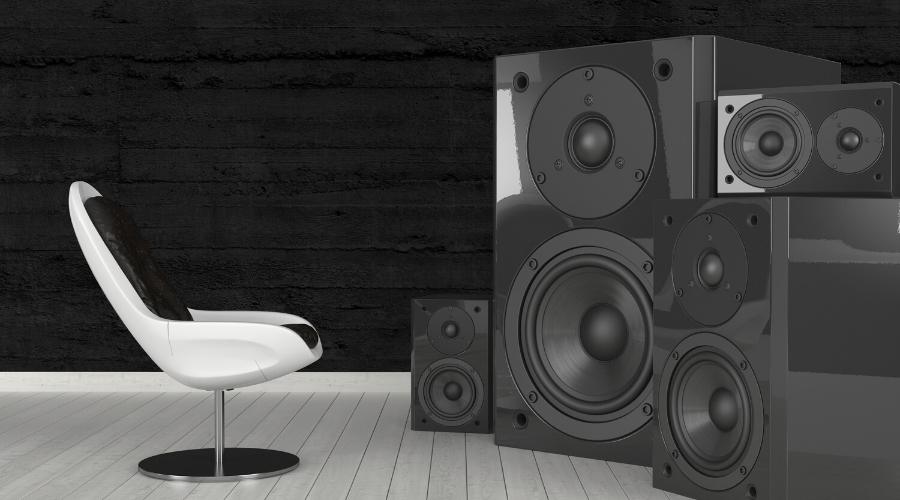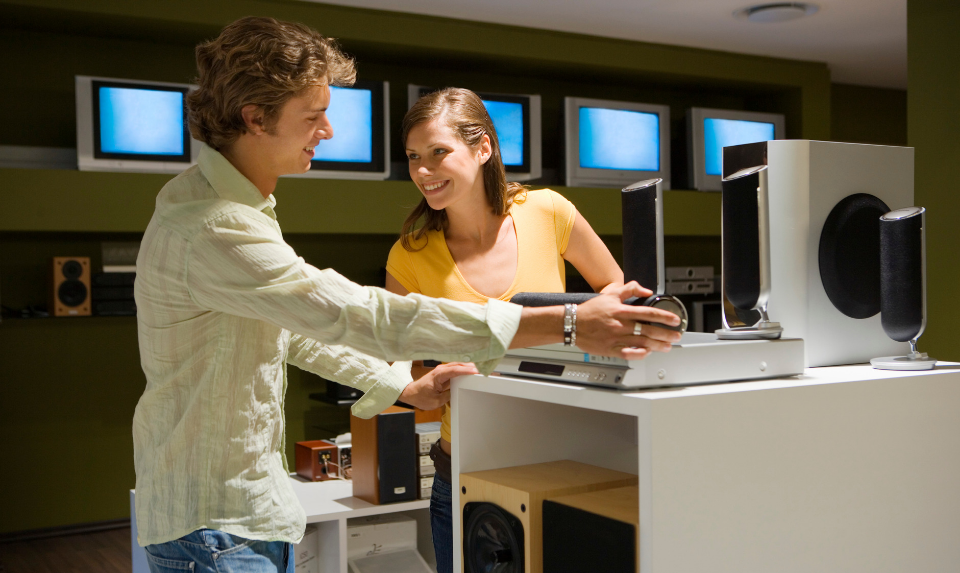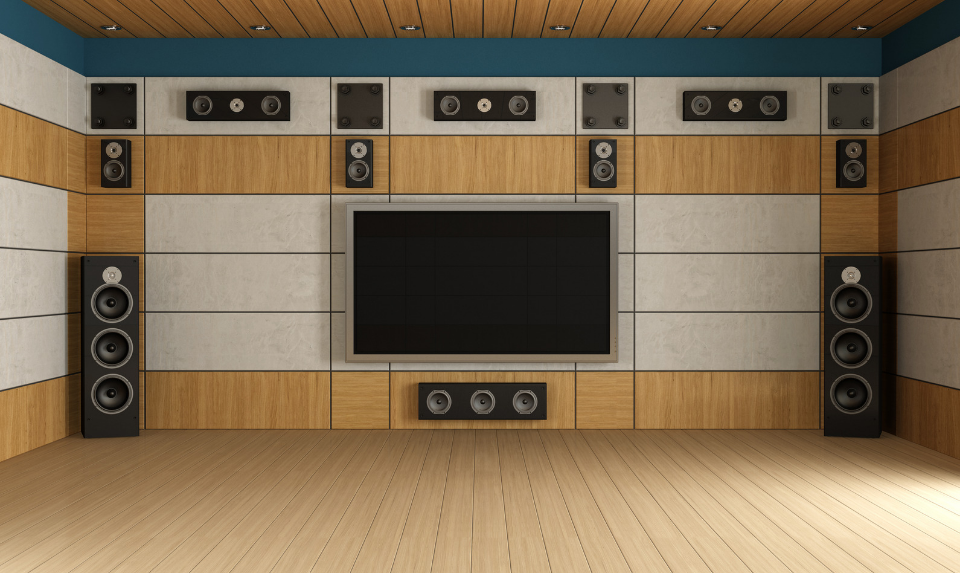Room-by-Room Guide: Inside a Smart Home
You’ve probably heard of a smart home. However, you’re probably curious what exactly makes a home smart?
Automated, connected, remote-controlled. Those three things are necessarily what makes a smart home. This type of technology makes life more comfortable, more convenient, and more straightforward for everyone.
In today’s post, let’s take a look at each component of a smart house in every room of the house.
Living Room
Home Security System
You can set up a security system throughout your entire house – not just the living room. However, since your living room is the first area from the front door, it’s best to ensure that your living room has is equipped with the proper home security measures.
You can set up a camera system that lets you see who is at the front door. Some home security systems can even let you remotely lock or unlock the door through a mobile app. These security systems can help you elevate your home security efforts.
Smart Lighting
There are many different automated lighting systems for a smart home. They are entirely customizable to help you get the right settings that work for you and your lifestyle. Some smart lighting systems can be controlled remotely – you can turn the lights on and off through your mobile device even when you’re not at home.
Other smart lighting systems have lighting sensors that can detect the amount of natural light in the space. When there’s not enough of it, the lighting system will turn on some of the bulbs and lamps connected to it. Aside from being convenient, this helps in your energy-saving efforts since you’re only using the lights you need in the house.
Smart Thermostats
With a smart thermostat as part of your smart home system, you can program the thermostat from your mobile device. Similar to smart lighting, you can also set the thermostat to turn on or off at certain times of the day. This feature helps you save energy.
According to the Department of Energy, you can save up to 10 – 15% on your monthly utility bills when you use programmable thermostats.
Kitchen
Smart Refrigerators
This kitchen appliance is one of the most popular smart home appliances. Refrigerators equipped with the smart home technology come equipped with a number of exciting features.

One of these features that homeowners love is the touchscreen on the front door. When you’re running low something, you can write it down on a list created from the fridge’s built-in system.
You can then link this list to your smartphone. Next time you’re at the grocery store, you can conveniently pull out this list, so you don’t miss anything.
You can also write down your family’s activities, schedules, and other appointments. You can leave notes for each other. This is perfect for a busy household that needs help being coordinated and organized.
Monitors and Alarms
As you know, you can install home monitors and alarms throughout the home. However, they are especially helpful in the kitchen.
Monitors and alarms can detect if there’s any gas buildup from a forgotten or leaking stove or if there’s a presence of carbon monoxide. Many of the kitchen monitors and alarms can also work as a timer, which is especially handy when you’re busy cooking or baking in the kitchen.
Voice-Activated Appliances
Voice-activated appliances are all the rage nowadays. While voice-activated appliances are not limited to smart kitchen appliances, they are especially helpful when you have your oven mitts on or when your hands are covered in flour.
Voice-activated smart kitchen appliances are extremely helpful when you want to quickly convert tablespoons to grams or see what you can substitute for cream of tartar.
Bedroom
Motorized Shades
With motorized shades and blinds, you can conveniently control your bedroom window treatments from the comfort of your bed.
This is especially helpful when the sun is shining brightly, but it’s the weekend, and you just want to relax and sleep in.
Smart Beds

Many smart beds from different brands have a variety of functions.
However, these are the main functions of a smart home bed: sleep tracking, temperature control, firmness control, app integration, air chambers, position control, and self-making.
All these features are designed to help you get extensive comfort and improved sleep.





